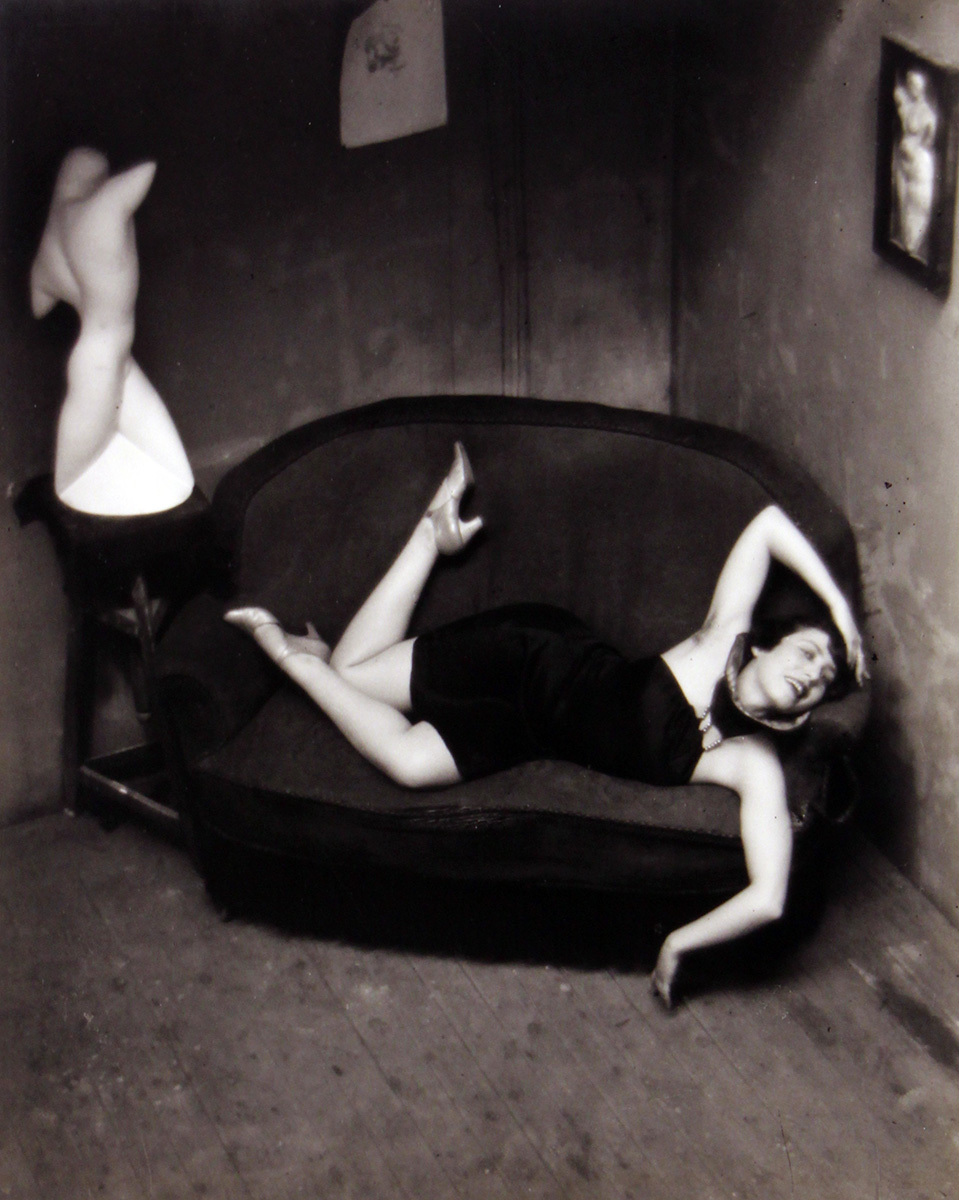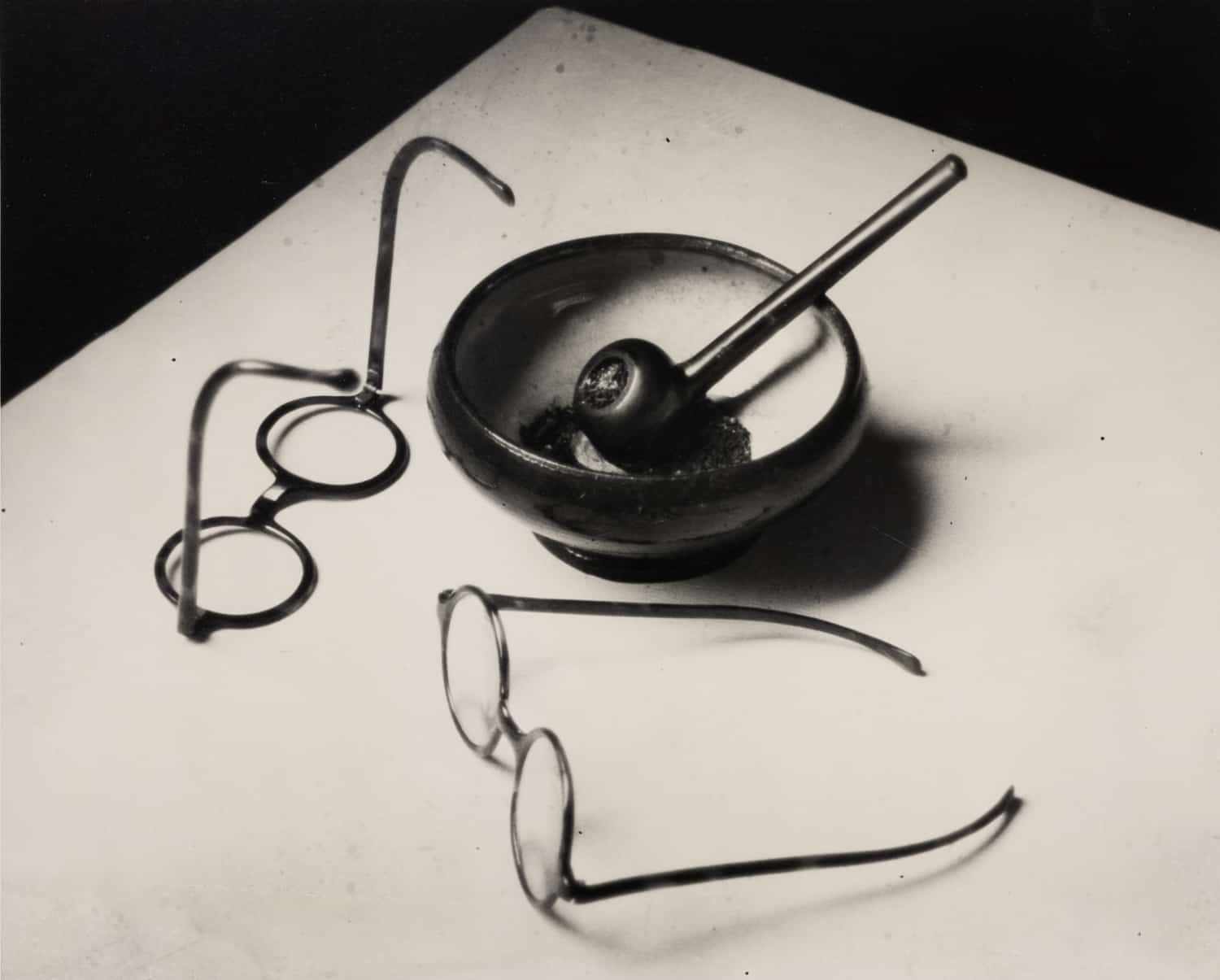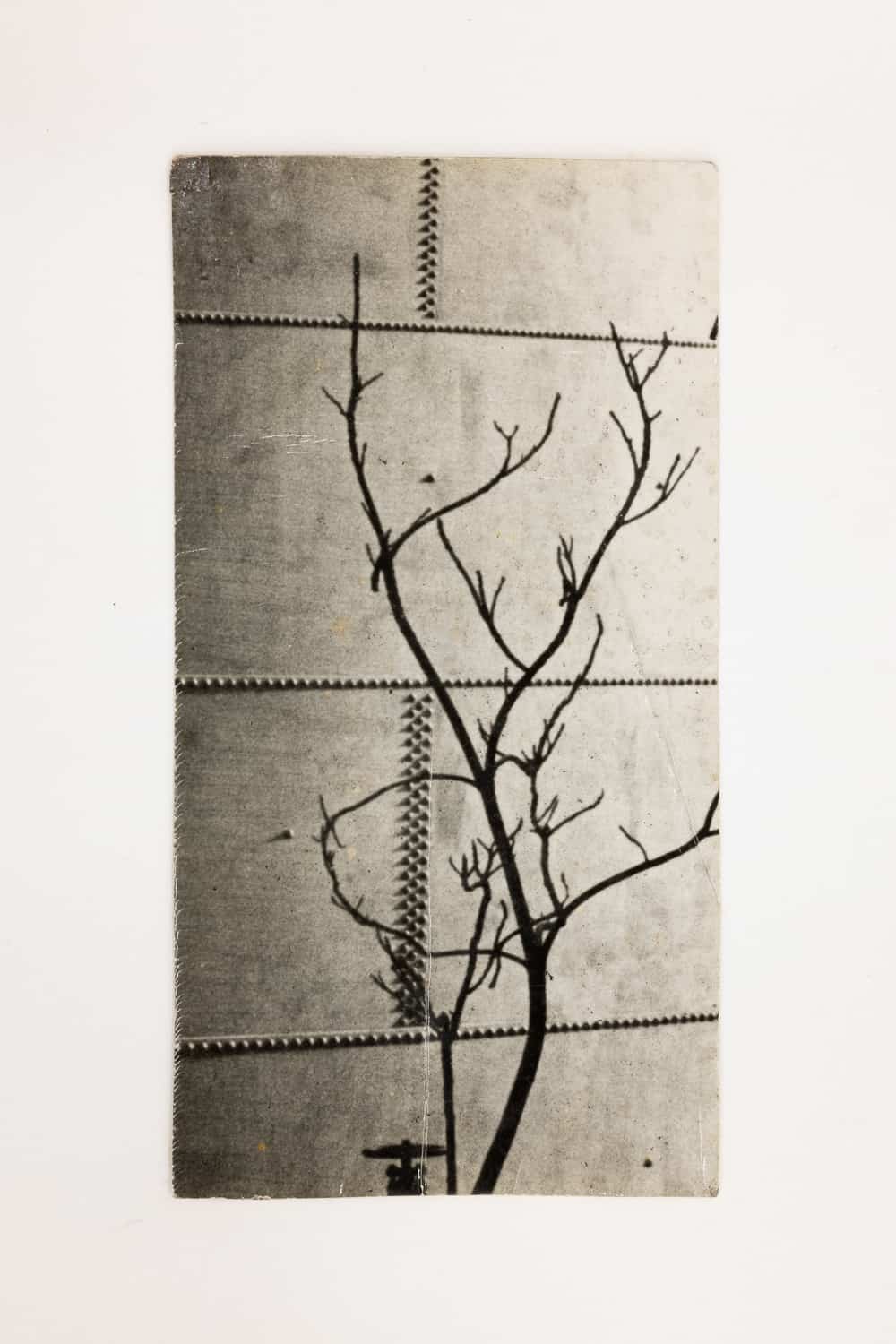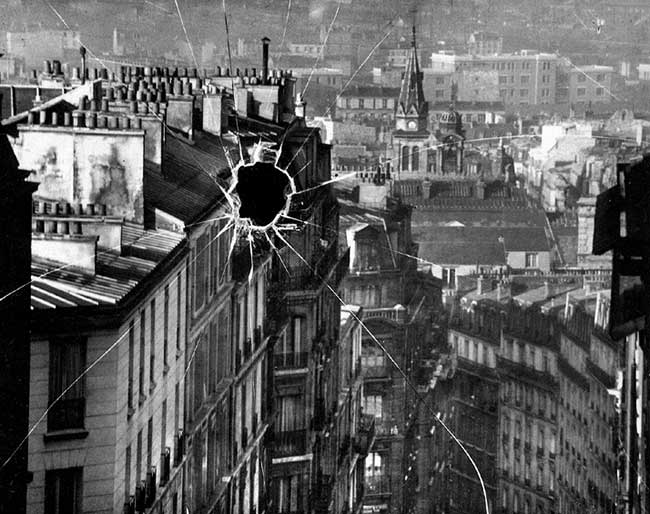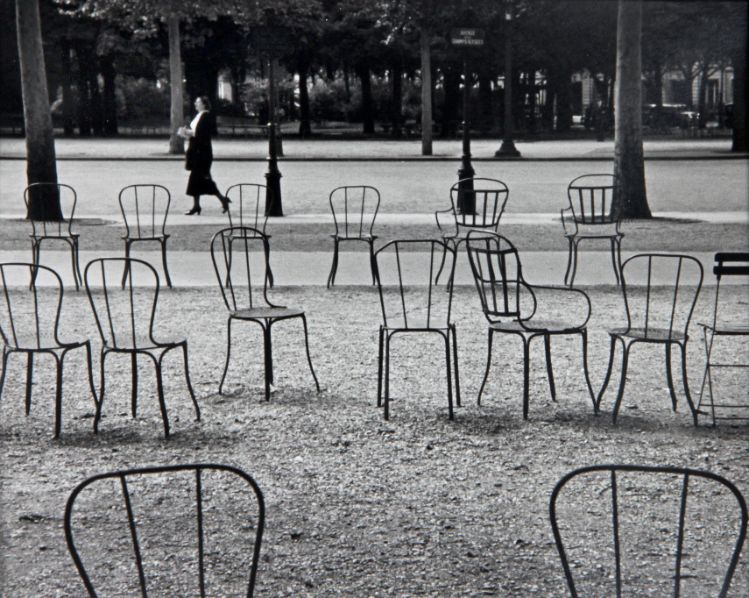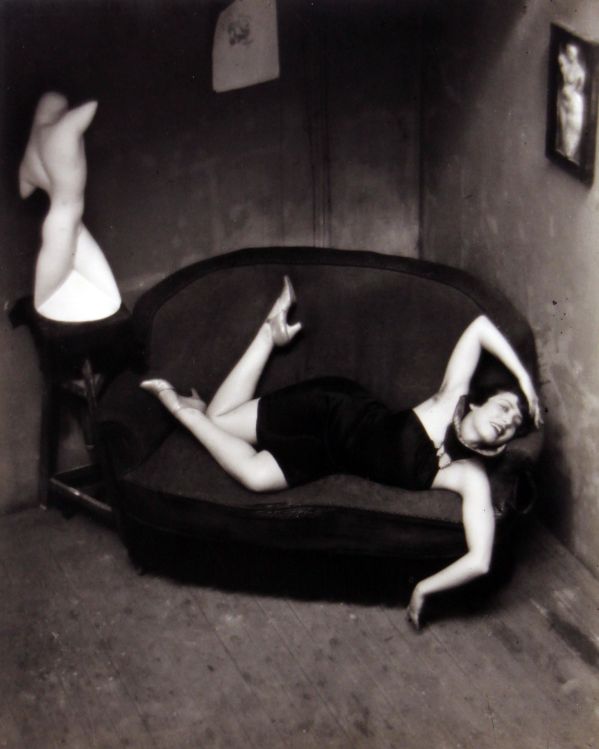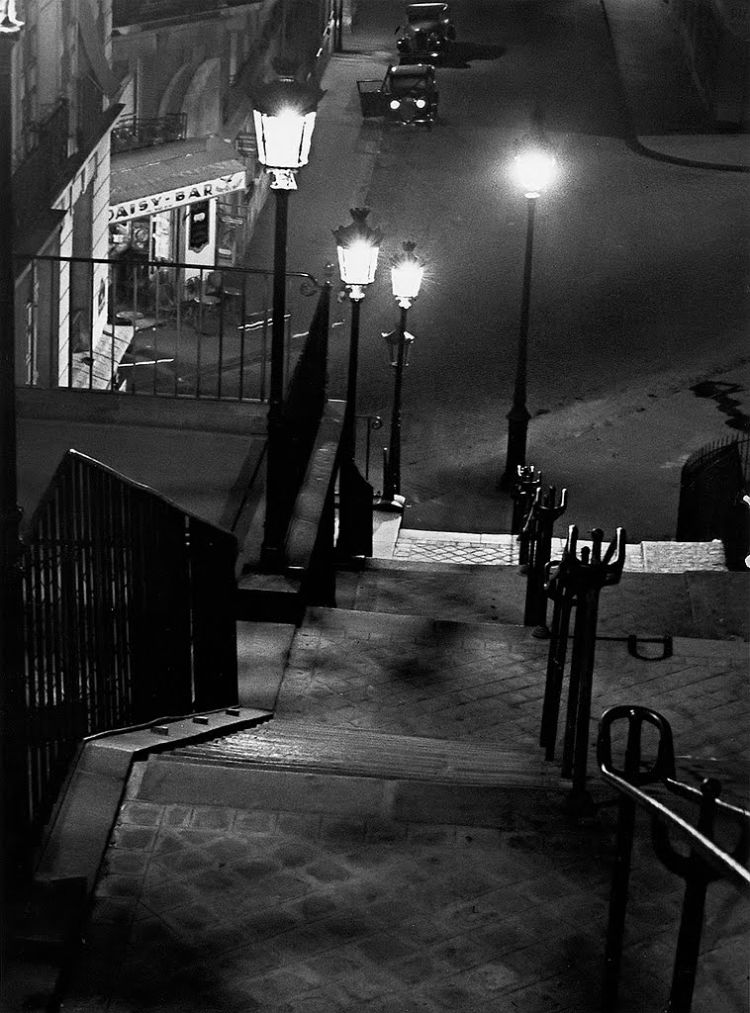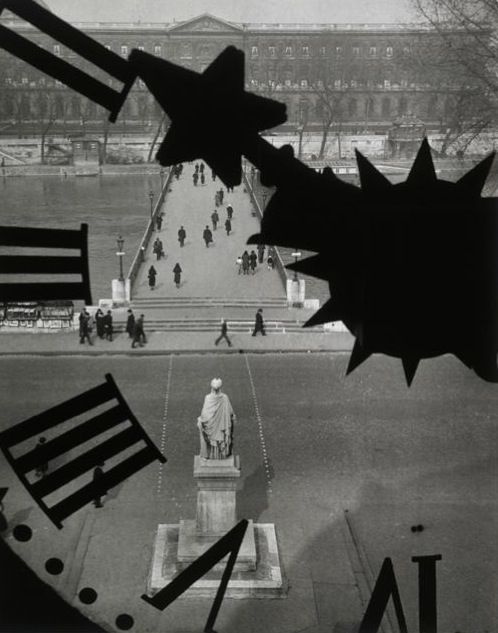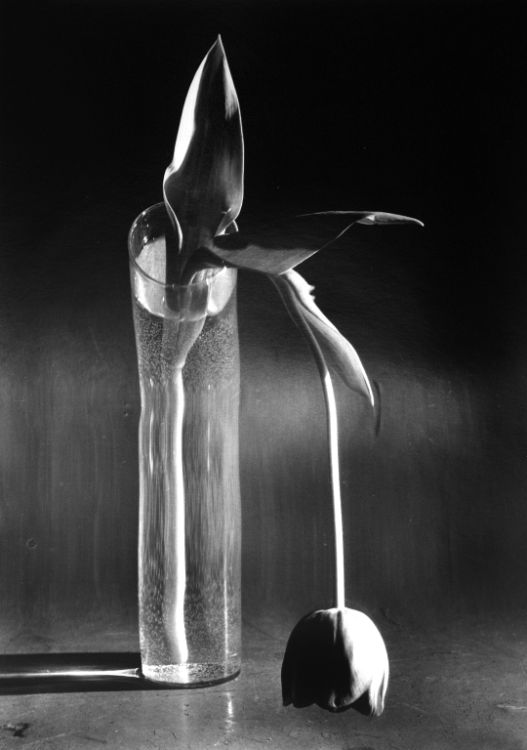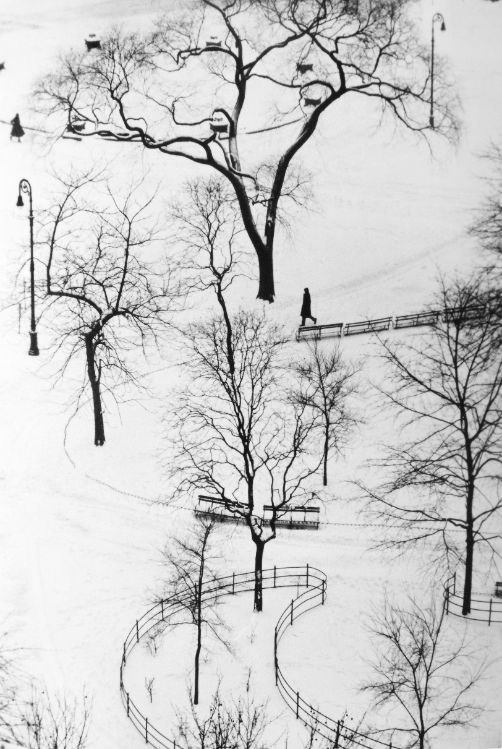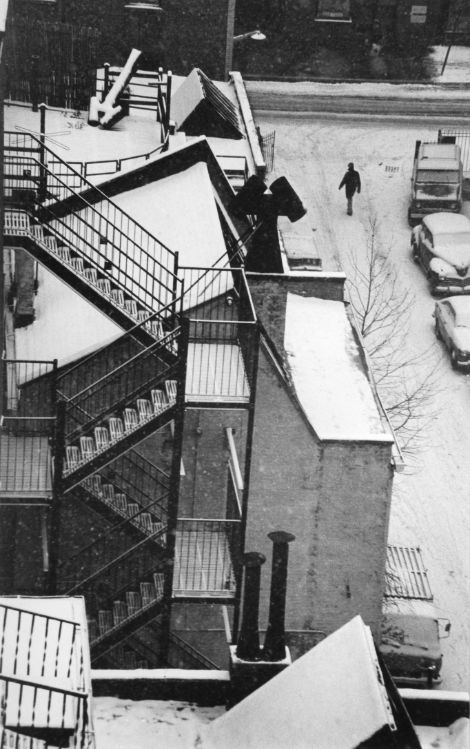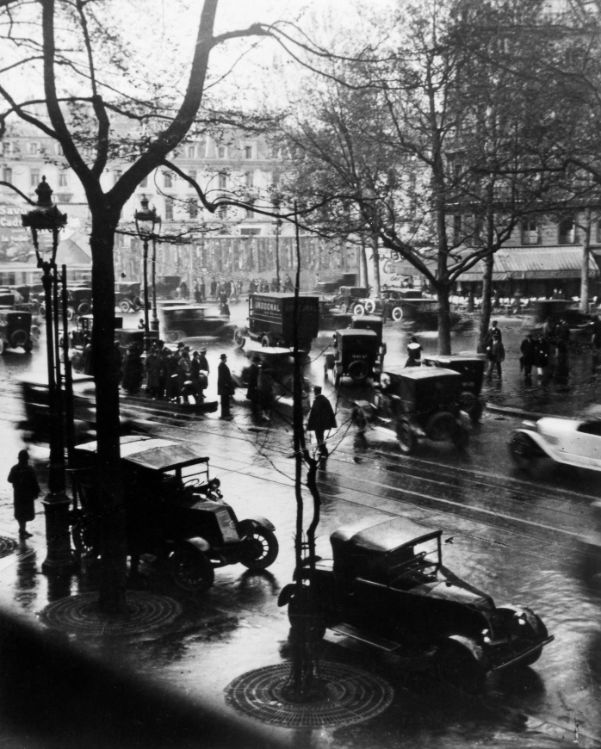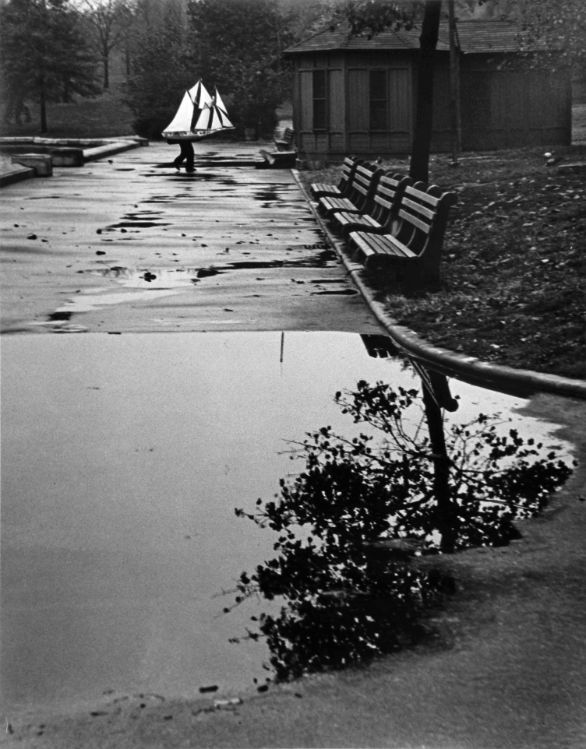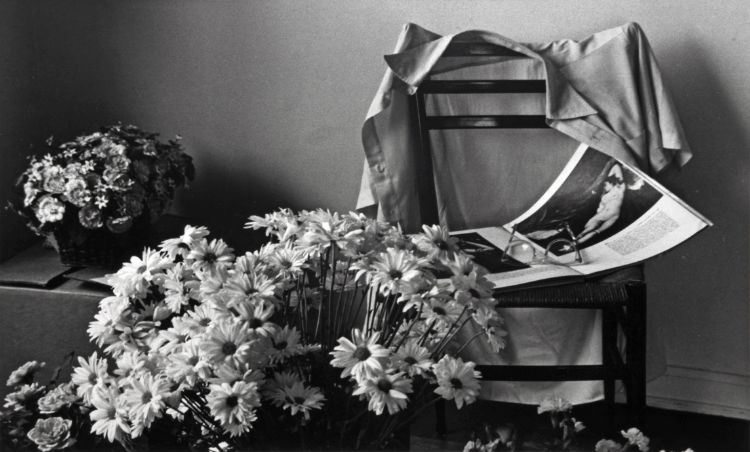
André Kertész
B. Hungary, 1894-1985
The Works
18

B. Hungary1894-1985
Biography
André Kertész is widely regarded as one of Europe’s leading photographic artists, particularly for his contribution to photographic composition and the photo-essay. The ‘purist’ phase in Kertész’s work, identified with his time in Paris and pieces such as Fork and Mondrian’s Glasses and Pipe (1926), helped to build Kertész’s reputation as a photographer. Kertész emigrated to New York in 1936, beginning his association with magazines including Vogue, Harper’s Bazaar and Coronet in 1937 and worked continuously for Condé Nast from 1949 to 1962. During his time in New York, Kertész developed his fascination for capturing images of people reading, particularly in outside spaces such as parks, window ledges and balconies.
In October 1925, Kertész emigrated to Paris in an attempt to establish himself as a professional photographer. He became associated with members of the growing Dada movement and, in 1927, he exhibited 42 photographs at the left-bank gallery, Au Sacre du Printemps. In 1928, Kertész began using a Leica, the camera regarded as the favourite of the young generation of photo-reporters that emerged during this decade.
Throughout his later life, Kertész’s work was featured in many exhibitions throughout Europe and America, including a one-man exhibition at the Museum of Modern Art in New York in 1964. However, despite this, Kertész still felt personally unsuccessful and unrecognised by both critics and the art community. Nevertheless, it is undeniable that his work as a photographer is now fully appreciated and his legacy as an idiosyncratic and influential photographer has been acknowledged by critics internationally.
Discover
5
-
![BROKEN-PLATE-1929-by-ANDRE-KERTESZ-C400000]()
(May 10, 2020)André Kertész:the Avant-Garde
In: In Depth
-
![Melancholic-768x993]()
(Mar 15, 2019)André Kertész’s Melancholic Tulip:Lessons in Distortion
In: In Focus
-
![CHEZ-MONDRIAN-PARIS-1926-by-ANDRE-KERTESZ-C400001]()
(May 24, 2018)André Kertész:The Home of Piet Mondrian
In: In Context
-
![SATIRIC-DANCER-PARIS-1926-by-ANDRE-KERTESZ-BHC1925]()
(Mar 10, 2018)André Kertész:The Art of the Moment
In: In Depth
-
![WASHINGTON-SQUARE-NEW-YORK-1954-by-ANDRE-KERTESZ-BHC0733]()
(Mar 10, 2018)André Kertész:‘Washington Square Park’
In: In Focus
By continuing to use this site you consent with our cookie policy. You can read more here.
Enquire
Thank you for your enquiry. We will be in touch shortly.
